What Is Yardang? (Yardang Landform Definition & more)
Nature’s art often takes the form of unique landscapes created over thousands of years by the relentless forces of wind and water. Among these remarkable natural wonders are yardangs, geological features that exhibit erosion, and the elements. In this article, we will step into the world of yardangs and explain their formation, unique features, and their importance in shaping the earth’s surface, so stay with us.
What Is the Simple Definition of Yardang?
A yardang is a long, narrow, and streamlined landform formed by the forces of wind and water erosion, typically found in dry or desert areas.
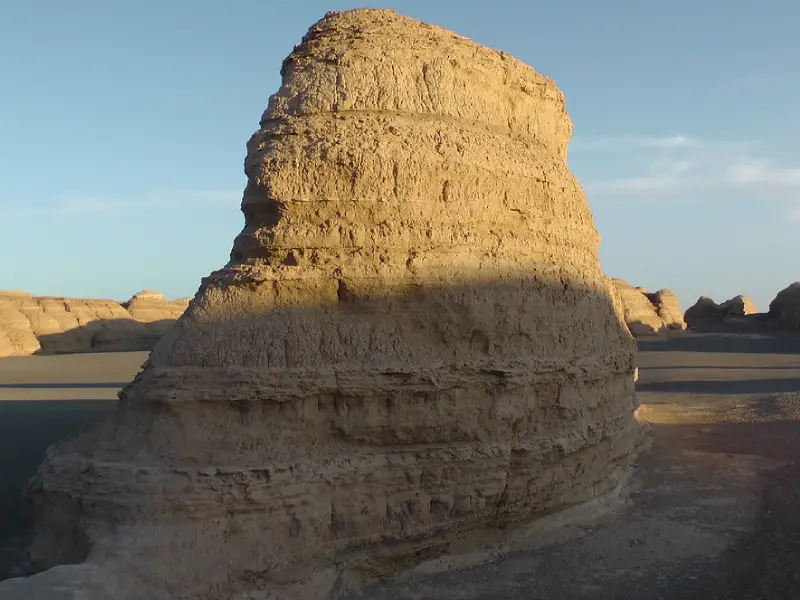
These features often resemble ridges or hills, with their smooth surfaces sculpted over time by abrasive particles carried by the wind. Yardangs are nature sculptures that reveal the powerful influence of natural elements on the earth’s surface.
What Is Yardang Also Known As?
A yardang, sometimes referred to as a “wind-eroded ridge” or just a “ridge,” is a distinctive geological feature shaped by forces such as wind and water erosion.
These long ridges often have smooth, streamlined shapes and usually align themselves with the prevailing wind direction.
Yardangs are commonly found in arid and semi-arid regions, especially in deserts, since in deserts, a combination of strong and constant winds and minimal vegetation allows them to form.
What Are Yardangs in Deserts?
In the vast and windy deserts, a wonderful phenomenon called yardang can be seen. A remarkable yardang example can be found in the Sahara Desert, where these sculpted wonders, such as the Aïr Mountains’ Ténéré Valley Yardangs, exemplify the creative forces of nature.
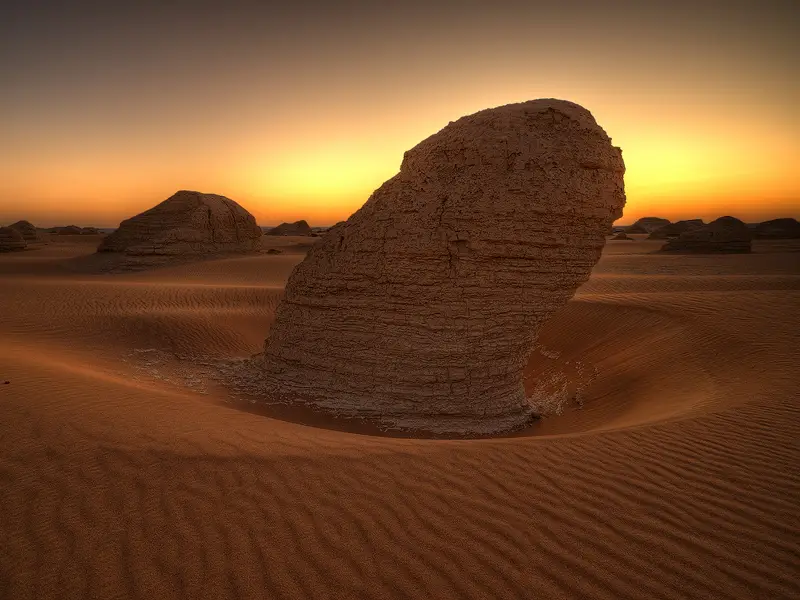
Similarly, the Gobi Desert in Asia has stunning yardangs, where the Hongjian Nur Yardangs showcase the exquisite craftsmanship of wind and sand.
What Is the Process of Yardang?
The formation of yardangs is primarily a result of two main processes: abrasion and deflation. In arid or semi-arid regions, these processes work together to shape these distinctive desert landforms.
Abrasion
Wind carrying sand and other abrasive particles hits the surface of rocks repeatedly and loose sediment like sandpaper on wood.
Over time, this abrasive action removes exposed rock surfaces and gradually transforms them into smooth and flowing shapes. Think of it as nature’s sculptor turning toward the earth.
Deflation
As strong winds blow across the landscape, they have the ability to lift and transport fine-grained particles such as sand and dust.
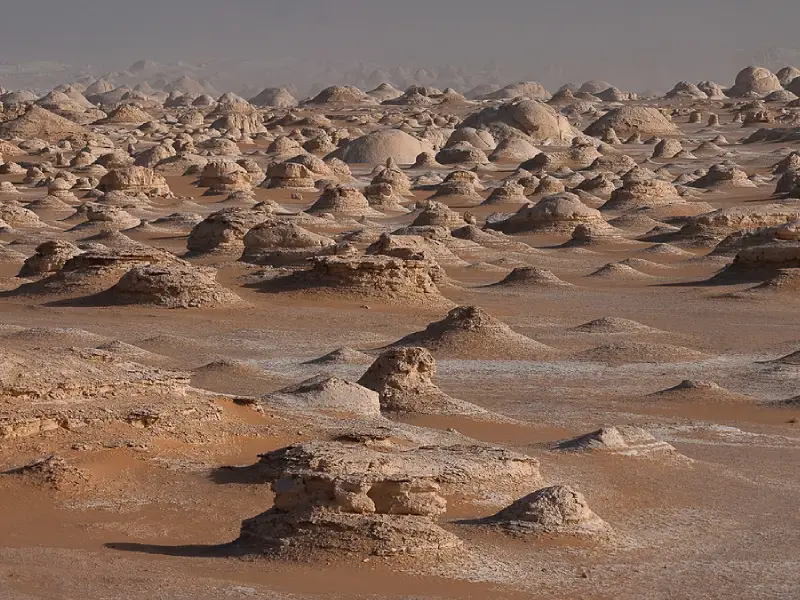
This process, known as deflation, selectively removes loose material, leaving behind the more resistant and less erodible rocks. Over time, this preferential removal of material results in the long ridges or hills we know as yardangs.
These processes are continuous and can take thousands to millions of years to shape yardangs into their distinctive forms, making them amazing examples of the earth’s ever-evolving landscape.
Characteristics of Yardangs
Ridge-like Structures: Yardangs are usually in the form of long and parallel ridges aligned with the prevailing wind direction. The length of these ridges varies from several meters to several kilometers and may rise several meters above the surrounding land.
Smooth and Streamlined: Yardangs often exhibit a smooth and streamlined appearance due to the consistent action of wind-eroded. They may look like a boat hull or a teardrop.
Uniform Alignment: The ridges of yardangs align themselves with the dominant wind direction. This uniform orientation reflects the continuous effect of wind erosion force.
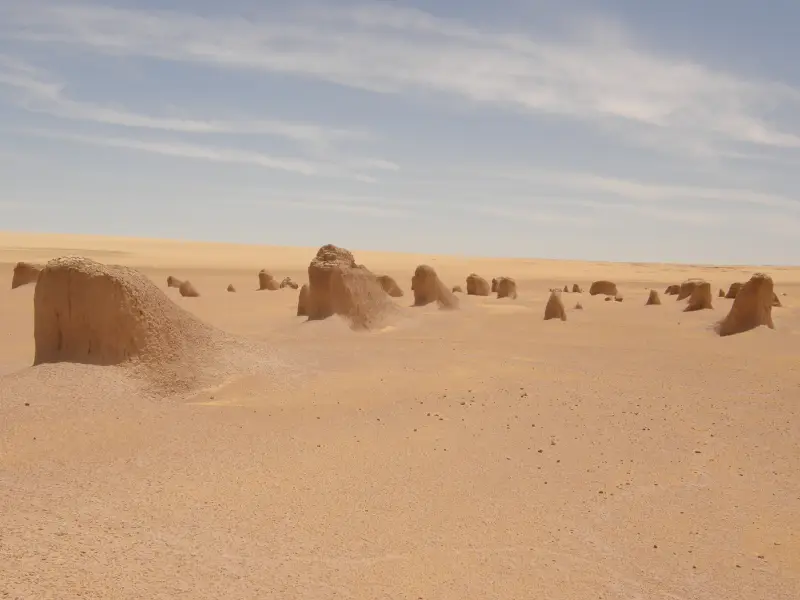
Long, Smooth Ridges: Yardangs are like elongated hills or ridges. They stretch and can be very long and usually look smooth and flowing.
Aligned with the Wind: They line up with the direction the wind usually blows. This shows how wind has been shaping them over time.
Found in Dry Places: Yardangs appear mostly in dry areas, especially deserts. This is because they are formed by the wind and do not need a lot of rain to shape them.
Where Are Yardangs Found?
Yardangs are found in various parts of the world, typically in arid or semi-arid regions where the forces of wind and water erosion have had a significant impact on the landscape. Some of the most famous locations for yardangs are:
Deserts: Yardangs are commonly found in deserts around the world. The Sahara Desert in Africa, the Atacama Desert in South America, and the Gobi Desert in Asia are all home to impressive yardang formations. The dry conditions and consistent winds in these areas provide the ideal environment for their creation.
Plateaus and Plains: Yardangs can also be found in areas with high plateaus or flat plains, especially if they experience strong and consistent winds. For example, the Colorado Plateau in the United States has notable yardang formations.
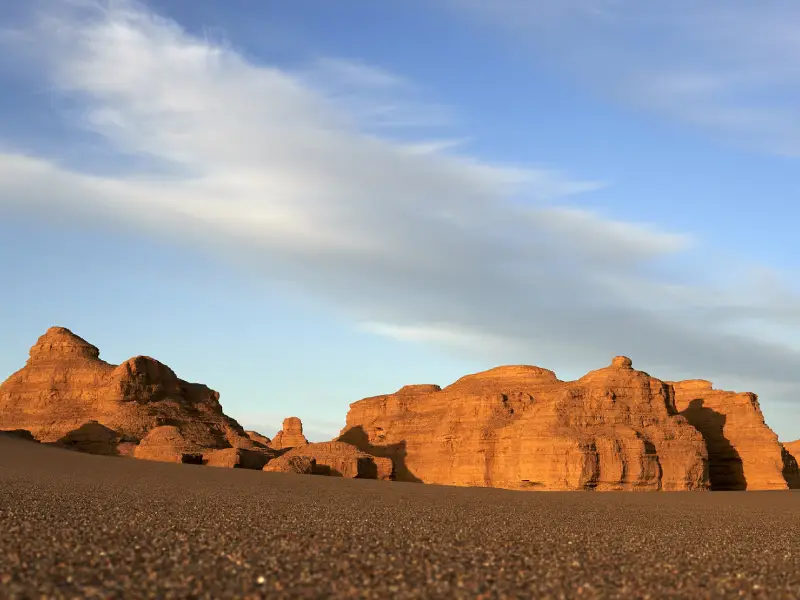
Valley Floors: In some cases, yardangs can form in the floors of valleys, especially if the surrounding landscape is arid and the valley is prone to wind erosion
Coastal Regions: Coastal yardangs can be created when strong coastal winds shape the landscape. These formations often have a unique relationship with both wind and water erosion.
High Plateaus: In regions with high plateaus, such as the Tibetan Plateau, yardangs can be found at higher elevations, showing that these landforms are not limited to low-altitude areas.
The Importance of Yardangs
Yardangs play a significant role in shaping landscapes and ecosystems:
Indicator of Arid Climates: The presence of yardangs in an area is a strong indicator of a dry, arid, or semi-arid climate. These landforms help geologists and researchers better understand past climatic conditions on Earth.
Erosion Control: Yardangs protect their surroundings from further erosion. By acting as natural barriers, they shield the landscape from the erosive winds, preserving the soil and reducing soil erosion.
Unique Ecosystems: Despite their harsh, arid environments, yardangs often host unique ecosystems that have adapted to the challenging conditions. These areas may provide critical habitats for specialized plant and animal species.
The Biggest Yardang in the World
China has the widest distribution of yardang in the world, covering a staggering total area of approximately 20,000 square kilometers.
Among these remarkable geological formations, the most notable and expansive can be found in the basins of Xinjiang and the western regions of Gansu Province.
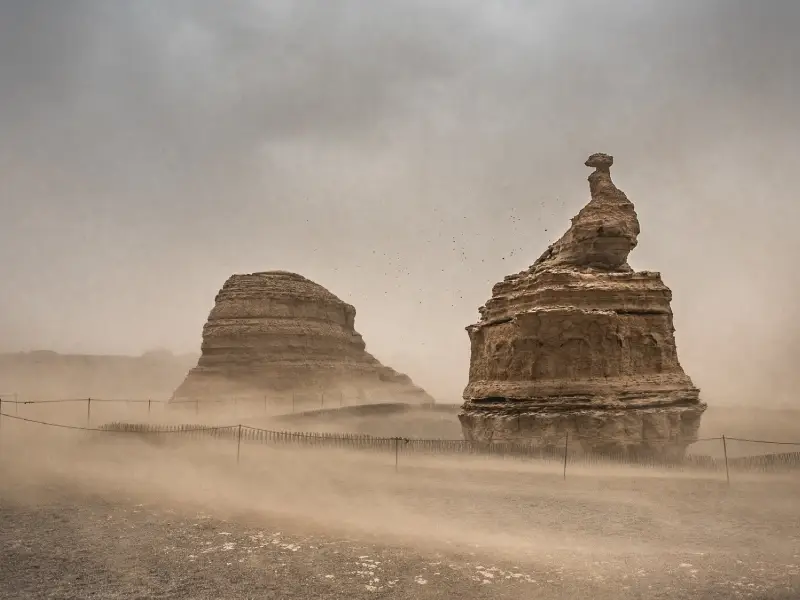
The Qaidam Basin in Qinghai Province also hosts a significant concentration of these impressive ridges. These vast expanses of yardangs in China are situated in the heart of the Eurasian continent, where a very dry temperate continental climate prevails.
The combination of arid conditions and consistent winds has allowed nature to create some of the most impressive yardangs on Earth in this area.
Final Word
Yardangs stand as remarkable geological formations shaped by natural forces that are found all around the world. These natural sculptures are a unique travel destination for adventurous tourists.
Deserts are the best travel destination for travelers who are looking for amazing experiences and a chance to see the beauty of these structures.
So, when planning your next trip to different countries, consider adding a visit to the desert and yardangs to your travel plan.
This is an opportunity to see the natural wonders of the earth and the amazing interplay of geological processes that have shaped the landscape of our planet over thousands of years, along with modern attractions and man-made structures.
Are you planning to travel to Iran and looking for an Iran resort? Consider Matinabad eco resort. Maybe you will find interesting What Is a Sand Dune.

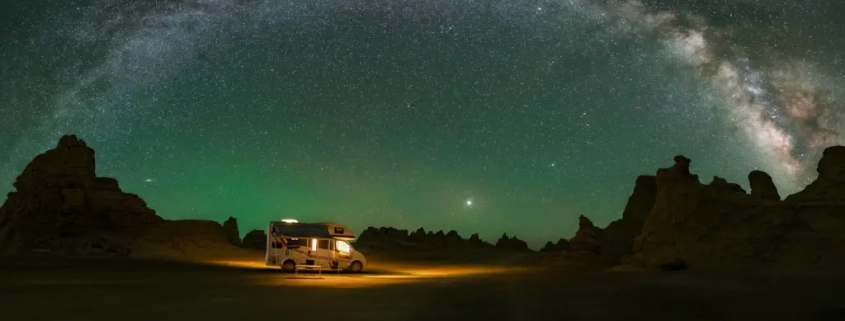



Leave a Reply
Want to join the discussion?Feel free to contribute!